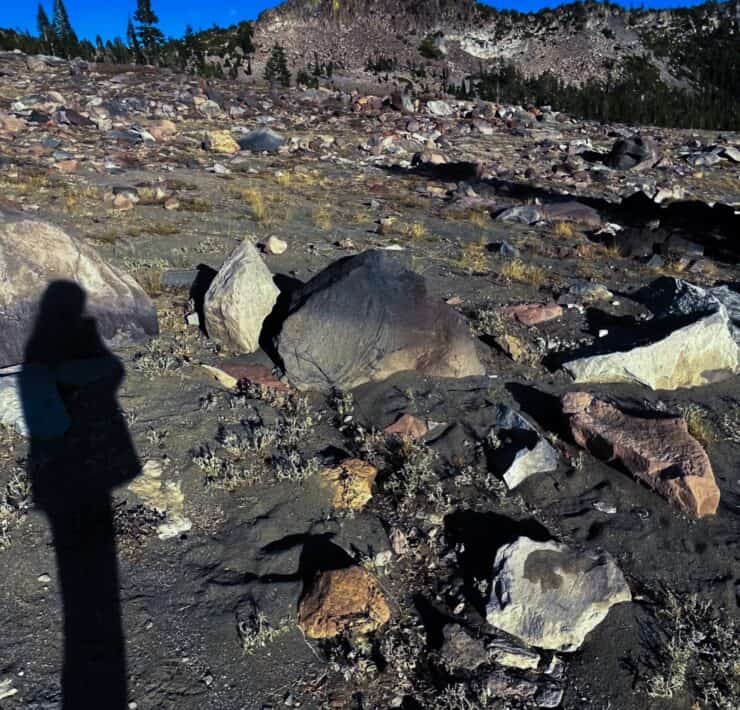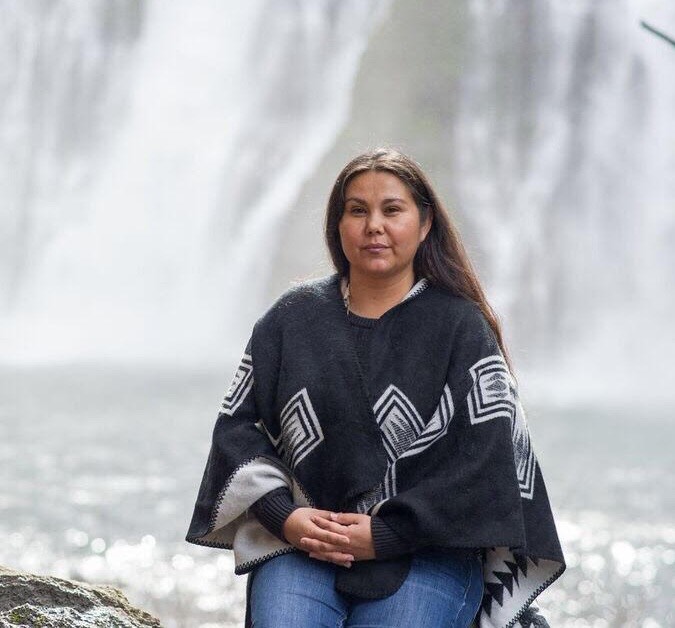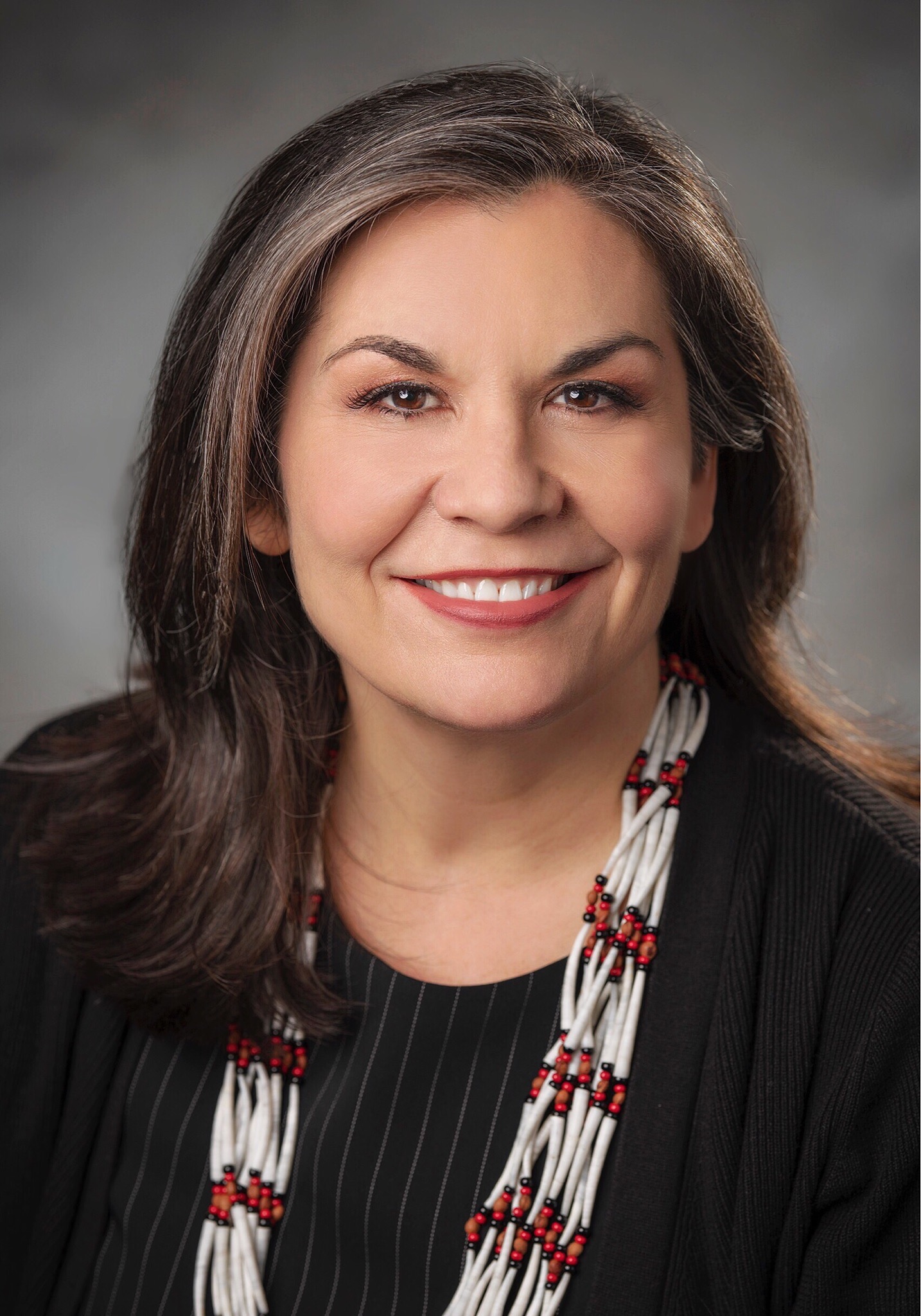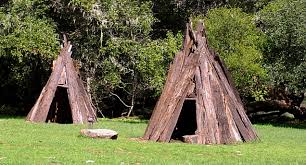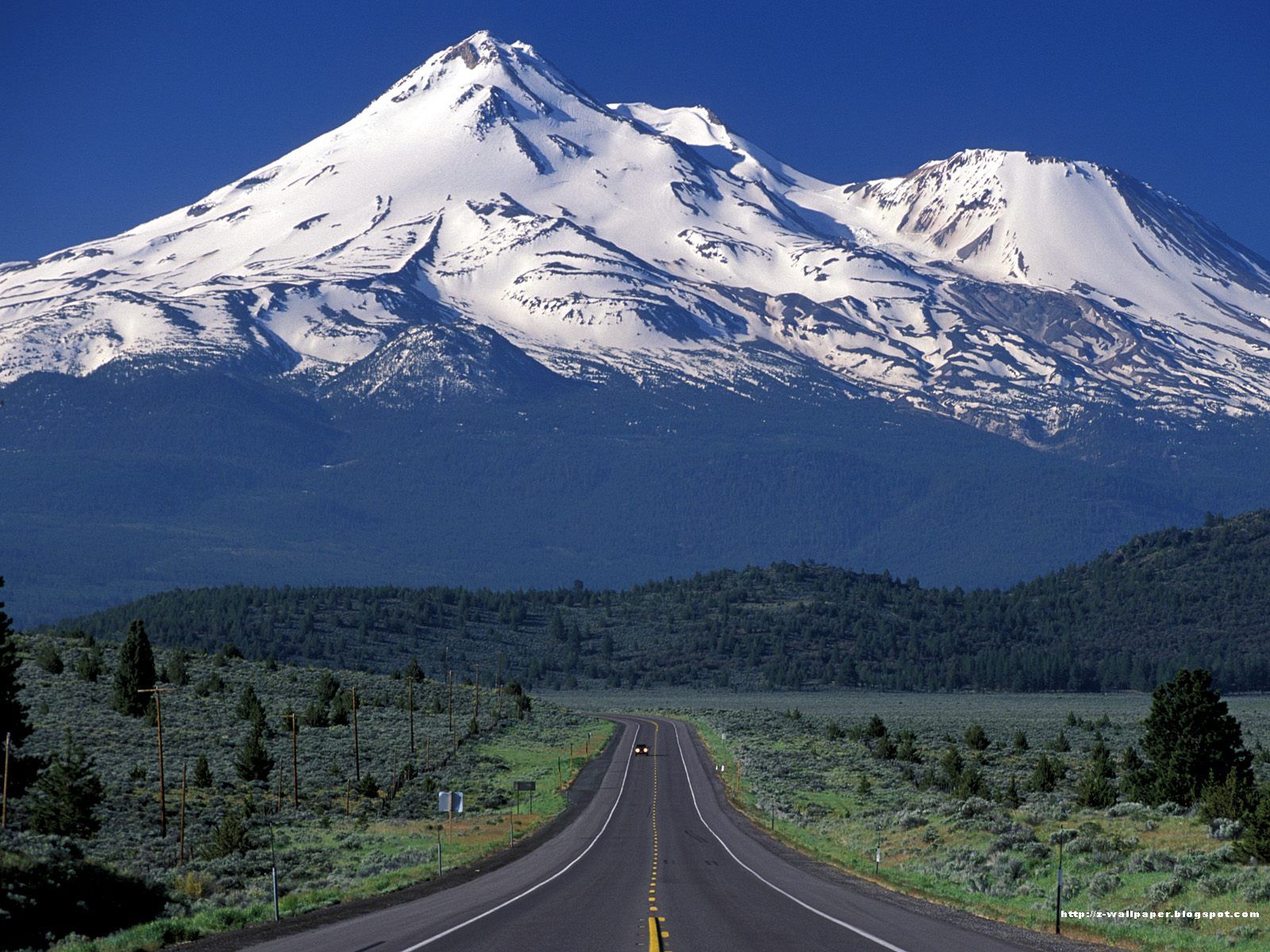
Out of the Woodwork: The Rainbow Tribe and Mount Shasta
by Samuel White Swan-Perkins
News broke earlier this week among the Lakota people of South Dakota that the Rainbow Tribe would be occupying some areas of Paha Sapa (the Black Hills) with USFS approval. The news upset many local Native residents who have begun to protest loudly against this intrusion. In response to the protests, some of the Rainbow Tribe out of respect for the Lakota, made the decision not to head to the Sacred Black Hills, and instead decided to head West and toward Mount Shasta, in particular.
News from Native California caught up with renowned activist Morning Star Gali, Ajumawi Band, Tribal Historic Officer for the Pit River Nation to get their perspective on this unique situation.
Samuel White Swan-Perkins: Please tell us a bit about the cultural significance of Mount Shasta to the Pit River people and why this occupation by the so called Rainbow Tribe is unacceptable?
Morning Star Gali: Mt. Shasta is a sacred entity, and it’s not a part of the mountain or one particular area, but in it’s entirety. For my people the Ajumawi, we have a familial relationship to the mountain, our father’s father. It’s that close of a relationship. When our people were force marched to Round Valley for example — some were able to escape looking towards the mountain to guide them home. This sacred mountain is the path that guides our loved ones home on the flowery path.
The gathering is taking place North of Mt. Shasta. This is an area that has cultural significance not only to Pit River, but also to Shasta Indian Nation, Winnemem Wintu and surrounding Wintun Nations, Modoc, Klamath and so on. Our Sacred Medicine Lake Highlands is only 20 miles away, and dance grounds and ceremonial grounds.
Yet Aku (Mt. Shasta) is also not only culturally significant to Pit River, but tribes such as Hupa and Karuk, along with mentioned before, Wintun, Modoc, Shasta, and in the surrounding areas.
As a child I was taught that the mountain is already occupied, it’s home to an entity and that we only go there with a purpose. If we stay there, it is at the base of the mountain, never on it and that we don’t take anything or leave anything on it. It is concerning to know that up to 100 gallons of water has been carried out per day from the sacred spring at Panther Meadows, this is water that is needed for the beings that live there, and for balance to be in order. It is appalling to know that people bathe their pets and themselves in the purest and sacred of waters and leave crystals in the rocks and spring. These items don’t belong there. The Winnemem have the other activities documented in “In the Light of Reverence”, which was documented from 25 years ago. The fact that this is an ongoing issue is very much of concern. They have gone as far to state that we gave permission and that we needed to show the court ruling that determined we own the land. The ignorance runs that deep.
SSWP: The Rainbow Tribe has been “operating” for some time now; have previous generations of folks from your nation(s) encountered these folks? How were they dealt with then? Are there any traditional societies who have the ability to respond to this situation?
MSG: We only found out about the gathering as of a week ago, that the gathering would officially start today and that camp was starting to set up last Monday. There was no permit obtained by them which again is concerning. For any gathering or event held on lands managed by the USFS, as tribes we have to jump through hoops in the permitting process, even for annual gatherings. We initially heard the gathering was estimated at 3,000 people. We are aware that some of their methods include digging slit latrines on known cultural sites and exporting water through piping it from the creeks. We are in an exceptional drought area. I’ve been talking to my elders about it, how to properly address it. Something has to be done, my auntie told me that her experiences in our areas they are known as a pushy people that will persistently get their way. It’s really interesting to me that the campers here, didn’t attend the annual gathering in the Sacred Black Hills out of respect for the Lakota peoples, however they don’t understand the cultural and spiritual significance of our sacred areas, that they violated their own protocol in all of this. I have spoken to some Pit River people, and even people on our tribal council that attended gatherings in Pit River territories in the past years. They stated that they did enjoy participating in the gathering, and that the camp was cleaned up after — however that doesn’t address the impacts to cultural sites, damaged and items that were moved or stolen. How do you mitigate that? There’s no way to. Supporters are willing to come up and assist, but with less than a week of notice and extremely limited resources, we really have to decide what is the best use of our time and energy. Is it engaging with people who have deaf ears to our concerns? I’m currently out of town for NCAI and the Winnemem Wintu are protesting the 2nd California Water Summit, that of course has no representation of California tribal water rights.
SSWP: Summertime is often a time of family gatherings and important ceremonies. How is this interfering anyway with the lifeways of your people?
MSG: Our annual gathering at Medicine Lake is in a few weeks and neighboring tribes will have their ceremonies starting soon. I’ve been communicating with neighboring tribes and a topic of main concern is Panther Meadows that will open on Wednesday July 1st. There isn’t a campground host this year, and volunteers are scarce. We have requested a road closure from the USFS due to concerns about the sensitivity of the meadow, and to avoid flocks of people heading to it. The meadow needs to rest, and is an extremely fragile ecosystem. The last thing it needs is hordes of spiritual seekers trampling it the first weekend that it will be open to the public.
SSWP: From a legal standpoint, does the tribe have any precedent?
MSG: The fact that the Rainbow people have been allowed to practice the activities that they do, yet tribes are forced to follow strict rules is a clear human rights, civil rights and environmental justice violations. For Pit River, we adopted a resolution in 2010 endorsing the UN Declaration on the Rights of Indigenous Peoples which includes articles 10, 11 and 32 addressing Free, Prior and Informed Consent. As mentioned earlier there have been a number of instances where the Rainbow Gatherers did not seek out consent of the Native peoples whose lands they have chosen to gather on. And on top of it they mock the request. [See a partial conversation of how the gathering in the Black Hills was decided]
https://www.facebook.com/groups/RainbowFamilyofLivingLight/permalink/1081771131863464/
We will be following this situation closely and will update our readers as to any changes.
Samuel White Swan-Perkins is the owner of White Swan-Perkins Cultural Consulting and resides in Butte County. He is also a freelance writer and in his free time enjoys powwow dancing and singing, board sports which are fueled by his powerful addiction to strong coffee.

